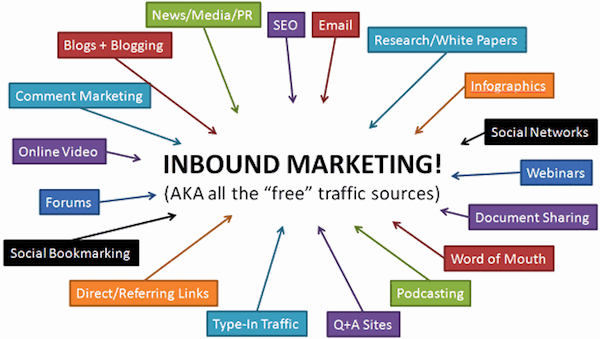The Missing "Why" for Publishers
- Edit
- Delete
- Tags
- Autopost
Sideways traffic - that driven from search, portals, aggregators, et al. - was a different story. While it helped drive unique user growth, the traffic was mostly in and out. After landing on an article, we were lucky to see a user turn an additional page before leaving the site. We tried several methods to address this: we employed technologies to surface related or recommended content based on the content of the page, general subject matter, even social sharing. We made assumptions based on referral source and surfaced headlines accordingly – those who came from the Yahoo homepage or Facebook must be interested in general, non-business articles. If they came from a Y! Finance quote page they must be interested in articles about the company ticker they were looking up. And if they came from Drudge they must be looking for Opinion Page content. But despite these efforts, we never managed to significantly move the needle on those page views per visitor numbers.
That is because we never really understood WHY a user came to a site.
These were simply inferences, and though we tested surfacing content based on those inferences, we never managed to significantly move the page view per users numbers. Again, because we never understood “why” the user was coming to our site.
Yieldbot’s core value proposition is just that – looking at a variety of queues that inform what drives a user into a site, all in-session, and distilling that intent into keywords that can then be used as a real-time match rule to improve monetization. We drive performance for advertisers and we drive revenue for publishers. But we also generate understanding.
When we distill intent we see how many pages a users turns when they come to the site looking for, say, “ETF.” We see the percentage of time users who come into a site with the intent of “ETF” return to the site. And we see how often that intent causes users to leave or “bounce”. Beyond immediate monetization improvements due to better ad matching this data be used by a publisher to understand traffic trends and make programming and promotion decisions.
Let’s say site XYZ.com gets 10M UU’s per month. Any good SEO person will tell you that the sweet spot for search traffic is about 20%. Any less and you’re not optimized. Much more and you’re one Google algorithm tweak away from falling off a traffic cliff. The other 8M users are coming directly or thru other “sideway” means such as partner sites, portals, social media, etc. If that accounts for 20% of total traffic, you’re doing well – give those biz & audience development folks raises! But more than likely that traffic is driving 2 or less PV’s/visit (4M PVs/month). By understanding why those users come to your site, surfacing content that is of interest to them and getting them to turn an additional page, that’s now 6M PVs per month or an increase of 30%. If you’re a subscription-based site or have a newsletter product, think of applying that understanding to help drive subs!
At Yieldbot, we’re just getting started at generating value for our publisher partners. We distill intent into keywords and match them to ads in real-time, at the exact time a reader is most open to them. And the same can be done for content. After all, for publishers it is successful marriage of page content, visitor intent and the relevant advertisments that improve your business. Any of these three pieces working in a silo lower your value.
More to come!

